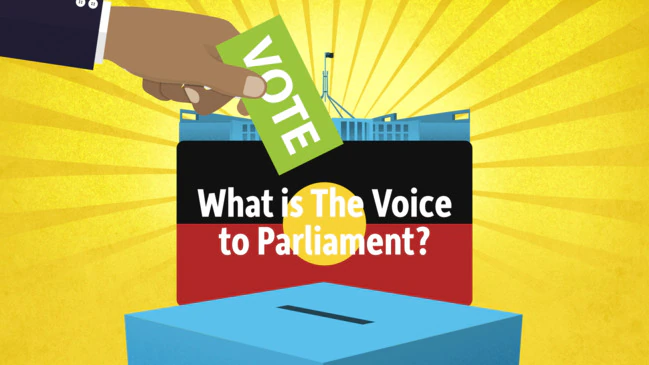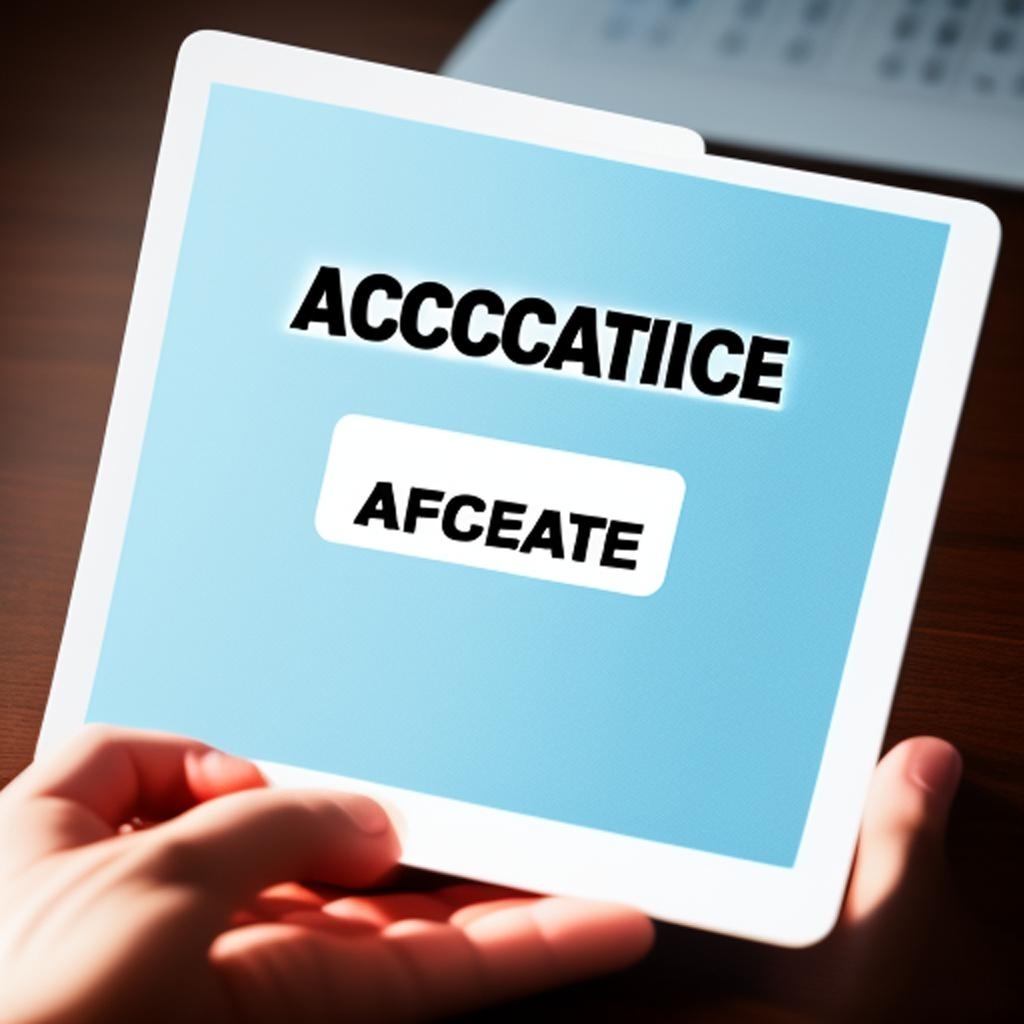Since the mention of The Voice to Parliament Referendum in Australia, a lot of talks have emerged about the decision. This is because this referendum will lead to a restructuring of the constitution of the country.
In this article, we will discuss what The Voice to Parliament is and why or why not the referendum needs to be passed.
What does it mean to have a voice in Parliament?
A voice in parliament will give the Indigenous communities in Australia legal changes that will impact their lives.
The Voice will also serve as a new organization that will represent First Nations people throughout Australia and ensure their input is considered in federal government decisions and decision-making that will affect their livelihood.
The voice will give representation and recognition to Aboriginal and Torres Strait Islander peoples in the Constitution by giving them permanent representation in parliament.
This will ensure that matters concerning their social, spiritual, and economic well-being will also be put into consideration when decisions are made at the national level.
How do we get a Voice in Parliament?
For a voice in parliament to be done, a referendum needs to be passed. Just an election, a referendum will require. However, instead of voting for people to be Members of Parliament, Australia will be asked to answer a simple question – like the one proposed by the Prime Minister – with a YES or a NO.
For a referendum to be successful it requires a majority of voters across the nation and a majority of voters in a majority of states—this is known as a double majority.
What is a referendum and how does it work?

A referendum is a vote on a policy, law, proposal, or political issue. It is a direct vote made on a single decision and is usually decided either by a Yes or No vote.
It is also defined as a vote in which all the people in a country or an area are asked to give their opinion about or decide an important political or social question
This means referendums are used to pass new laws and policies or adopt a specific law. It can also be used to advise and review a certain law or policy.
In some countries, it is referred to as a plebiscite, votation, popular consultation, ballot question, ballot measure, or proposition.
A referendum usually offers the electorate a straight choice between accepting or rejecting a proposal. However some referendums give voters multiple choices, and some use transferable voting.
How is a referendum passed?
For a referendum to be passed for a change in the Consitution to be made, the result of the vote is dependent on the majority. That is;
- a majority of voters in a majority of states
- a national majority of voters (an overall YES vote of more than 50 percent).
What is the difference between a plebiscite and a referendum?

While a referendum is known as a plebiscite in some countries, there is however a slight distinction between the two.
Upon approval by the majority, a referendum is passed and becomes a law or part of the constitution. It can also be used to amend an already existing law or Constitution.
In the case of a plebiscite, it can not have any effect on the Constitution. That means if the plebiscite was approved or not, no effect will be seen in the law. The idea of the masses is only gathered.
What is the other name for a referendum?
Depending on the country, a referendum may be known as a plebiscite, votation, popular consultation, ballot question, ballot measure, or proposition.
Also depending on the type of vote, it can be known as any of the following;
- Direct vote: ticket
- Vote: a show of hands
- Popular vote: survey
- Vote-casting: straw vote








